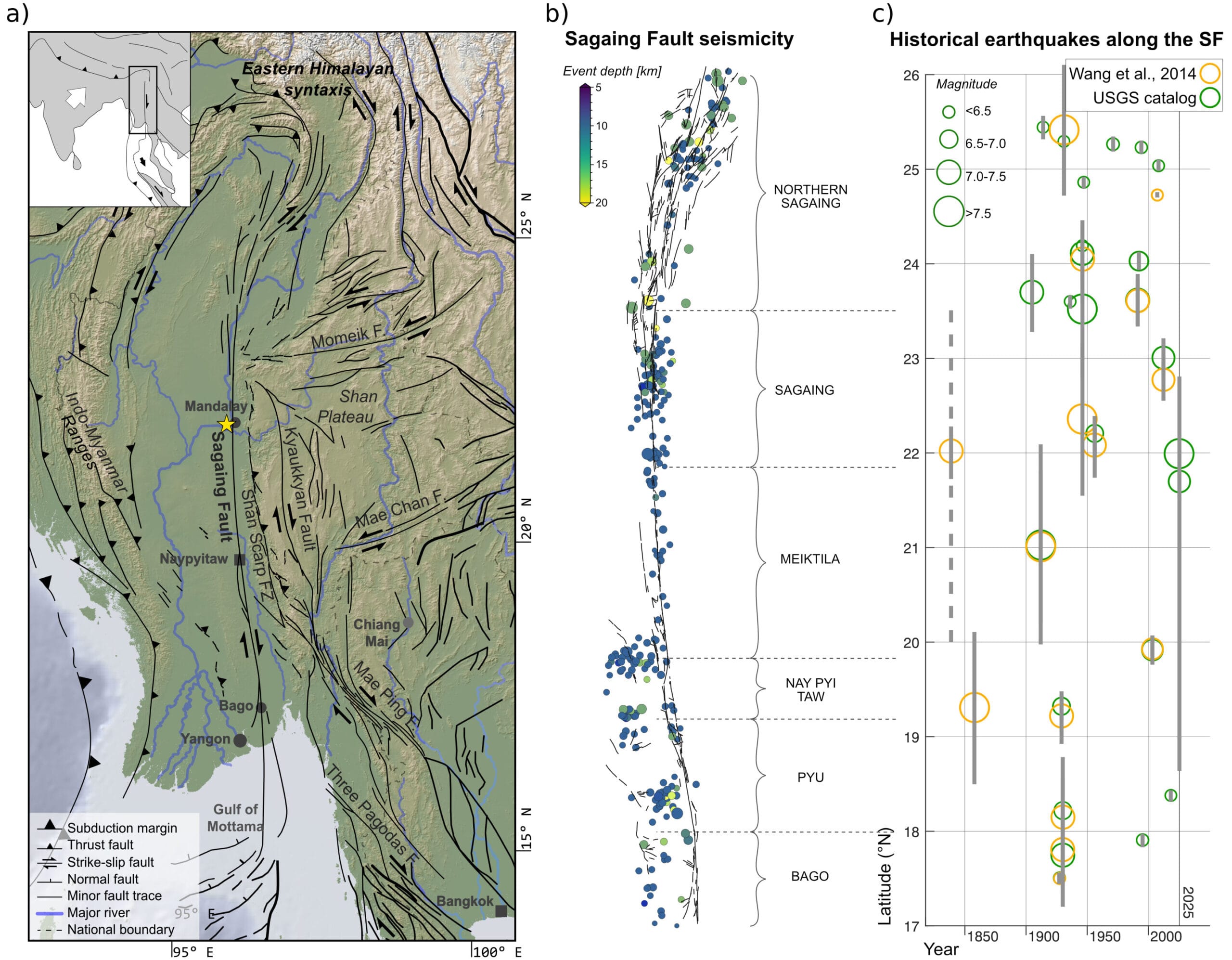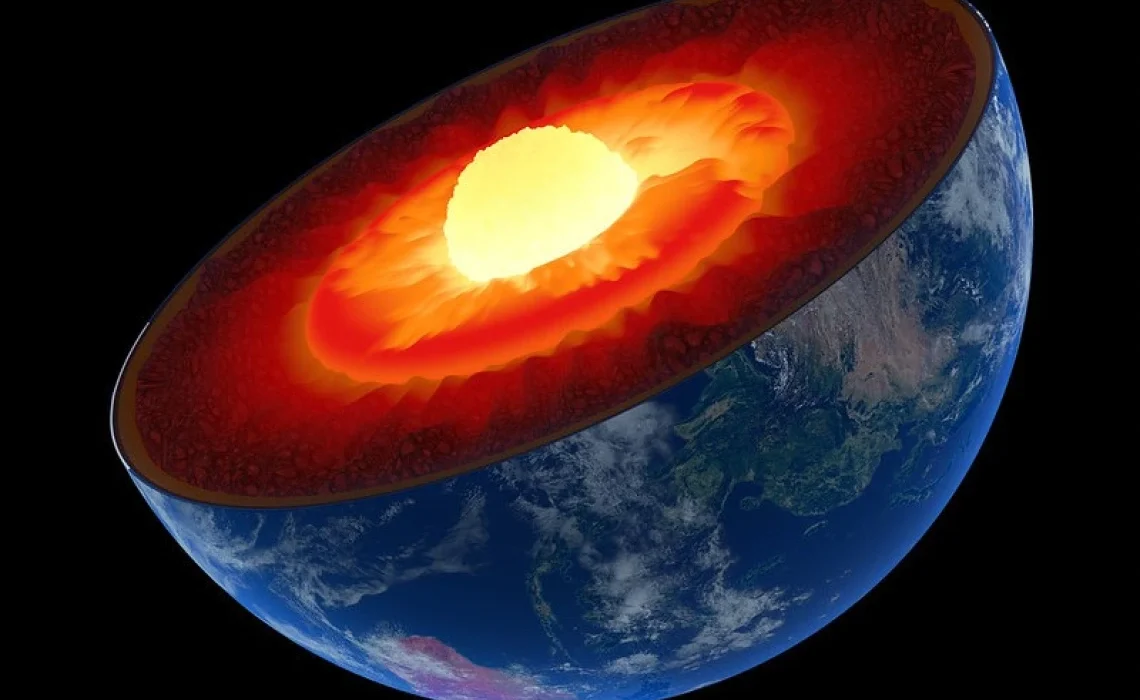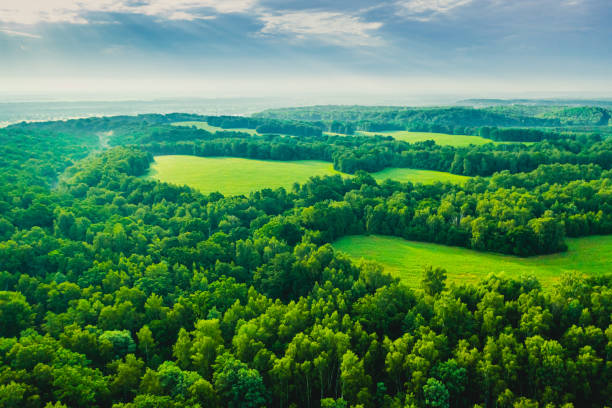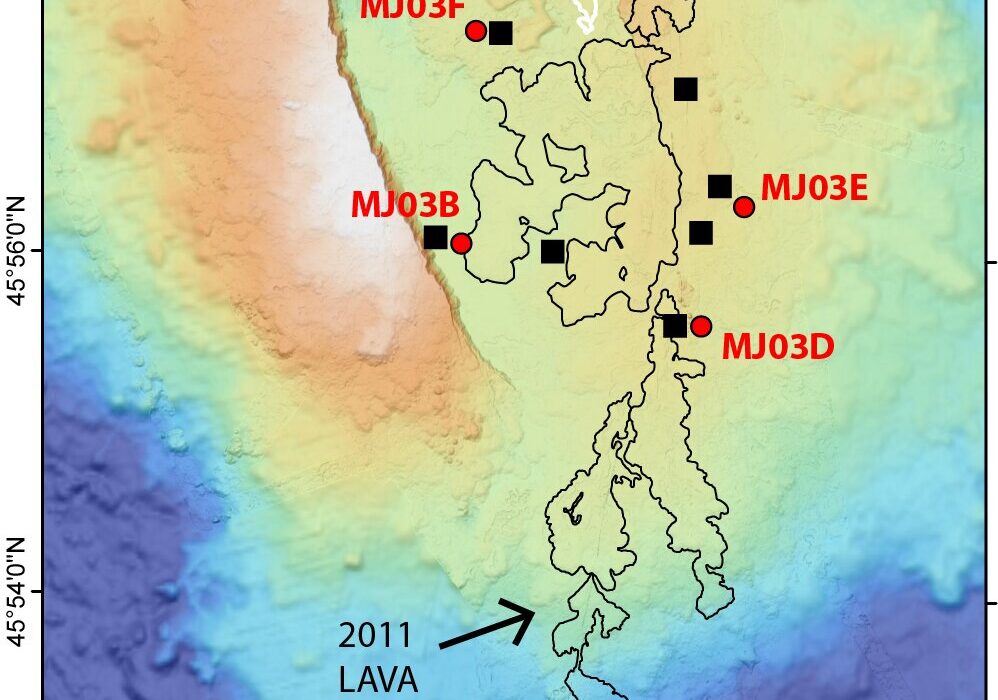On March 28, 2025, the earth tore open beneath Myanmar with a violence few alive will ever forget. At 7.7 magnitude, the quake rattled the country from Mandalay to Yangon, leaving over 3,800 people dead and many more injured or displaced. Whole neighborhoods collapsed in seconds, bridges twisted like toys, and the ground itself seemed to leap sideways.
What stunned scientists, however, was not just the devastation close to the fault. More than a thousand kilometers away in Bangkok, buildings swayed violently, and one even collapsed under the relentless shaking — an almost surreal reach for a single earthquake. Something unusual had happened deep beneath the surface.
Now, a new study has confirmed what many geophysicists suspected in the quake’s immediate aftermath: this earthquake was no ordinary rupture. It was a supershear earthquake, one of the rarest and fastest types of seismic events known, in which the fracture races through the Earth’s crust faster than seismic waves themselves can travel.
The Fastest Earthquake in Two Decades
The study, led by Felipe Vera of the GFZ Helmholtz Center for Geosciences and published in The Seismic Record, reveals that the Myanmar quake had the highest rupture velocity recorded worldwide in over 20 years.
Most earthquakes break along faults at speeds slower than 3.5 kilometers per second — already faster than the speed of sound in air. But this rupture didn’t stop at “ordinary fast.” After an initial phase of spreading north and south at normal speeds, something extraordinary happened:
Within about 30 seconds, the northern rupture died out, while the southern rupture accelerated to at least 5.3 kilometers per second — nearly 20,000 kilometers per hour. That’s faster than the seismic shear waves themselves, placing the event firmly in the supershear category.
This sudden acceleration meant that the rupture front, the place where the Earth’s crust was actively breaking, was effectively outrunning the shaking it caused — a seismic version of a fighter jet breaking the sound barrier.
A Shockwave in the Earth: The Mach Cone
When an airplane exceeds the speed of sound, it produces a sonic boom — a shockwave that slams into the ground. The earthquake equivalent is the seismic Mach cone, created when the rupture speed surpasses shear wave velocity.
For people and seismic stations within the “triangle” of this Mach cone, the experience is especially brutal: waves from dozens of seconds of rupture arrive nearly all at once, combining into a single burst of prolonged, violent shaking.
The GFZ-led study confirmed that such a Mach cone did form during the Myanmar quake, which may help explain why Bangkok, despite being over a thousand kilometers away, suffered extraordinary shaking and even a building collapse.
Reading Earth’s Memory from Space
One of the most striking tools used to understand this quake came not from underground, but from above. Scientists compared before-and-after satellite imagery to reconstruct the rupture. Optical images showed how far the ground shifted sideways, while radar satellites revealed subtle vertical shifts.
The results were staggering. The quake ruptured the Sagaing fault — a massive strike-slip fault that runs through Myanmar — over a distance of 500 kilometers. At its maximum near Mandalay, the western side of the fault lunged five meters north, while the eastern side slipped south. To the people living on the fault, the world literally moved beneath their feet.
Listening to the Earth in Real Time
While satellites provided the static “before and after” snapshots, the quake also offered something extraordinarily rare: a near-fault recording.
In Nay Pyi Taw, just two kilometers from the fault, a seismic station operated jointly by GFZ and Myanmar’s Department of Hydrology and Meteorology captured the rupture as it roared past. The ground beneath the instrument lurched 1.6 meters northward in under two seconds — a violent shove recorded in breathtaking detail.
Meanwhile, seismologists around the world used global seismic stations like giant ears, listening to the rupture’s progression from Europe, Japan, Australia, and Alaska. By tracking how signals arrived at different points, they could reconstruct the rupture’s acceleration in real time, confirming its supershear nature.
Why the Sagaing Fault Ran Wild
Supershear ruptures are rare, but the Sagaing fault was always a candidate. Long, straight strike-slip faults — where blocks of the Earth move horizontally past one another — are the only kind capable of sustaining supershear speeds.
Earlier studies had suggested the Sagaing fault might one day produce such an event. And indeed, the March 2025 rupture aligned almost perfectly with predictions.
The fault segment that broke supershear lay in the so-called Sagaing Gap, an area that had not seen a large earthquake in more than a century. This long “silence” meant stresses had built up to immense levels. Once the rupture began, the accumulated energy unleashed in an almost frictionless burst, like tearing a sheet of paper in a single swift motion.
By contrast, the slower portion of the rupture occurred along areas that had already broken in major earthquakes in 1946 and 1956, where stresses had been partially released.
Few Aftershocks, But a Heavy Toll
One of the paradoxical signs of a supershear rupture is what comes afterward — or rather, what doesn’t. Supershear quakes tend to produce fewer aftershocks than ordinary ones. Because the rupture propagates smoothly and evenly, it leaves behind fewer unbroken “patches” of stress that could trigger secondary quakes.
This was indeed the case in Myanmar: despite the quake’s size, the aftershock sequence was surprisingly quiet. But the absence of aftershocks offered little comfort to the communities devastated by the main event. The toll of thousands dead, entire villages flattened, and survivors left homeless is a reminder that the smoothness of a rupture is irrelevant to those living atop it.
Lessons for the Future
The March 2025 Myanmar earthquake is now etched into the history of seismology as one of the fastest ruptures ever observed. It is also a stark reminder that faults are not static scars but living boundaries, storing and releasing energy in ways that can still surprise even seasoned scientists.
Understanding supershear earthquakes is not just an academic pursuit. By studying their signatures — from the seismic Mach cone to satellite displacements — researchers hope to improve earthquake hazard models, especially for large cities sitting near long strike-slip faults.
As Frederik Tilmann, head of GFZ’s Seismology section, put it: “Whereas satellite image analysis can give us a static view of the earthquake effects on the ground, seismic antennas allow us to track the rupture tip moment by moment. Together, they reveal the hidden speed of one of nature’s most violent processes.”
For Myanmar, the scars of March 28 will linger for years. But for science, this earthquake offers a rare and invaluable dataset — one that may one day help communities worldwide better prepare for when the ground itself decides to break the speed limit.
More information: Felipe Vera et al, Supershear Rupture Along the Sagaing Fault Seismic Gap: The 2025 Myanmar Earthquake, The Seismic Record (2025). DOI: 10.1785/0320250025






